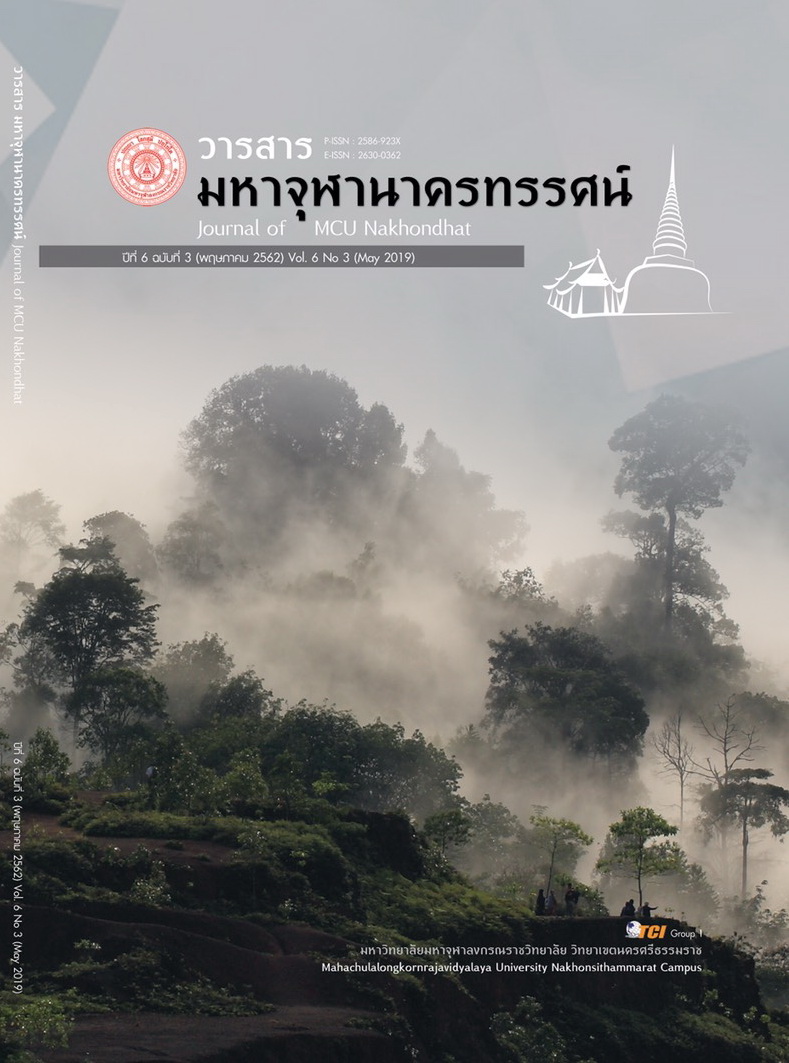ORGANIZATION COMMUNICATION THAT AFFECT PARTICIPATION IN CONTINUAL IMPROVEMENT ACTIVITIES (KAIZEN) EMPIRICAL EVIDENCE FROM PRACTIKA CO., LTD.
Main Article Content
Abstract
The purposes of this study were to study 1) organizational communication related to continuous improvement activities (Kaizen) from practika co.,ltd. 2) employees’ understanding of continuous improvement activities (Kaizen) from practika co.,ltd. 3) employees’ participation level in continuous improvement activities (Kaizen) from practika co.,ltd. and 4) organizational communication and employees’ understanding of continuous improvement activities (Kaizen) from practika co.,ltd. affecting participation in continuous improvement activities. The population of the study was as of 330 employees working at Practika Co., Ltd. and data were derived from all company employees. The used statistics were frequency, percentage, mean, standard deviation. Hypothesis testing employed multiple regression analysis. The results showed that organizational communication in terms of participative decision-making, mutual support and down-to-top communication affecting participation in continuous improvement activities. The organizational communication in terms of participative decision-making mostly affected participation in continuous improvement activities, followed by own-to-top communication and mutual support, respectively. In addition, the study found that the understanding of the continuous improvement activities of the employees affected the participation in continuous improvement activities. The analysis can explain 62.6 percent of variation.
Article Details
References
เบญจวรรณ แจ่มจํารุญ. (2557). ปัจจัยบรรยากาศในการสื่อสารภายในองค์กร กระบวนการในการสื่อสาร และสื่อสังคมออนไลน์ส่งผลต่อประสิทธิภาพในการสื่อสารภายในองค์กรของบริษัทเอกชนในเขตกรุงเทพมหานคร. การค้นคว้าอิสระปริญญามหาบัณฑิต: มหาวิทยาลัยกรุงเทพ.
รสชงพร โกมลเสวิน. (2546). “พฤติกรรมการสื่อสารองค์กร” ใน เอกสารการสอนชุดวิชาทฤษฎีและพฤติกรรมการสื่อสาร.หน่วยที่ 9. นนทบุรี: สำนักพิมพ์มหาวิทยาลัยสุโขทัยธรรมาธิราช.
สุรัตน์ ตรีสุกล. (2549). หลักนิเทศศาสตร์ (พิมพ์ครั้งที่ 3). กรุงเทพมหานคร: สํานักพิมพ์ พ.ศ. พัฒนา.
Besterfield, D. H., Besterfield-Michna, C., Besterfield, G. H. and Besterfield-Sacre, M. (1999). Total Quality Management (2nd ed). Mexico: Printice-Hall.
Luthans, F. (1973). Organization Behavior a Modern Behavior Approach to Management. New York: McGraw-Hill.
Pace, Wayne R. and Faules, Dan F. (1994). Organizational communication. New Jercy: Prentice Hall,Englewood Cliffs.
Roger, E.M.; & Roger, R.A. (1976). Communication in Organization. New York: Free Press.
Szentendre. (1996). Public Participation Training Module. Hungary: The Regional Environmental Center.
Vonk and Jeff. (2005). “Process Improvement in Business Permits through Kaizen . Spectrum: Journals of State Government, 78(2), pp.33-34.


